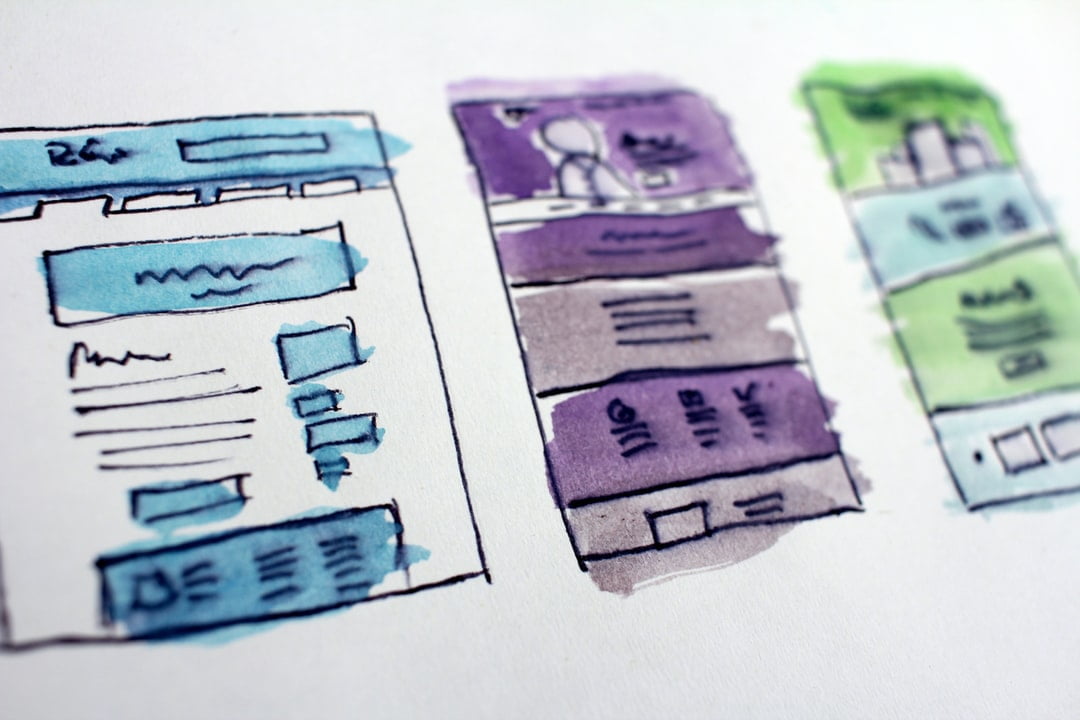A user interface, or UI, is the means by which a user interacts with a computer. A good UI should be intuitive and easy to use; it should also be visually appealing. A bad UI can make using a computer an unpleasant experience.
In order to create the perfect UI, it's important to understand the basics of user experience, or UX. UX is the process of designing products that are easy and enjoyable to use. It takes into account a user's needs and goals when designing an interface.
There are several key principles of UX that you should keep in mind when creating your UI:
In order to create a UI that is both effective and appealing, it's important to understand the basics of user experience. By following the key principles of UX, you can design an interface that is simple, intuitive, and visually appealing.
When it comes to user experience, the old adage "don't make users think" is still as relevant as ever. In order to create an intuitive and easy-to-use interface, it's important to understand what makes users uncomfortable and how to avoid making them think too much. The best way to do this is by designing an interface that is consistent and logical, with clear labels and instructions.
It's also helpful to test your designs with real users, in order to get feedback on how well they're working. By following these tips, you can create a user experience that is not only intuitive but enjoyable too!

User experience is key to a successful website or application. Remember, you want your users to be able to find what they need and do what they need to do without any trouble. Don't overload them with information or controls; stick to the essentials and make everything easy to find. You also want your users to feel comfortable using your site or application, so make sure the layout and design are user-friendly. Keep it simple, straightforward, and visually appealing. In short, focus on the user experience and you're sure to have a successful website or application!

A user experience guide can be extremely beneficial in designing an easy to use and navigate interface. By using familiar designs and common design patterns, users will be able to quickly orient themselves and find the information they need. Navigation should be intuitive and self-explanatory, with easily accessible menus and links. It's also important to test your designs with actual users, as they may find unexpected ways to navigate your site or app. Adjust your designs accordingly to ensure a positive user experience.
There is a reason why user experience is such an important aspect of web design. People are not patient. If they can't find what they are looking for, or if the website is difficult to navigate, they will leave.
So pay close attention to the details when designing your website. Make sure all your controls are properly labeled and all your buttons are easy to click. And test your website on different browsers and devices to make sure it looks and works the way you want it to.

The best way to create a great user experience is to offer feedback. This means letting users know what's happening with animations and sound effects, using clear icons and messages to inform them of their progress, and being concise and consistent in your design. Users should never feel lost or confused about what's happening on the screen - everything should be perfectly clear and easy to understand. In order for this to happen, it's important to test your design extensively with real users, collect feedback, and make changes as needed. Creating a great user experience isn't easy, but it's definitely worth the effort!
Make sure to test your design on different devices and browsers. Different browsers have different rendering engines and could display your website differently. You also want to make sure that your website is responsive and looks good on mobile devices.
Get feedback from your users and make changes based on their feedback. Don't be afraid to change things based on user feedback. If they don't like something, chances are they won't use your site or product.
When designing your user interface, it's important to be consistent in your design. Use the same design elements throughout your interface, and make sure all your controls look and behave the same way. This will help users learn how to use your app quickly and easily. It will also make your app look polished and professional.

Color is an important factor in user experience design. When used correctly, color can help users quickly and easily understand the information being presented. Different colors can be used to highlight different types of information, making it easier for users to scan and locate the data they need. The right color can also help maintain the visual hierarchy of a page, making it easy for users to navigate throughout the page.
However, while color is an important tool, it should not be overused. Too many different colors on a page can create a cluttered and confusing interface. It is important to choose colors that are easy to see and distinguish from each other, so that users can quickly find what they need without having to spend too much time scanning the page.
There are many different factors to consider when creating a user experience guide. One important factor is typography. When selecting fonts, it is important to choose ones that are easy to read and don't cause eyestrain. Different fonts can be used to highlight different types of information. Headings can be set in a larger font, while body text can be set in a smaller font. Italics can be used for emphasis, and bold text can be used for headings.
Creating the perfect user interface can be difficult. There are many different factors to consider, and it's important to get it right. By following the tips in this article, you can create an interface that is both effective and user-friendly.Thanks for reading!